November 2024 Archive — Architecture, Design & Things That Matter
Nine posts this November show how old styles keep shaping modern living — from Bauhaus clarity to Mediterranean warmth. If you care about design that works, this month gives concrete ideas you can use right away.
Start with Bauhaus: the article explains how its simple geometry and focus on function still solve everyday design problems. Want cleaner sightlines or less fuss in a small apartment? Think flat planes, hidden storage, and materials chosen for durability. Use a single strong line as an organizing element — a sofa, a shelf, or a continuous window band — and let function drive form. Use neutral palette with one bold accent color.
Ranch-style homes get a modern reboot here. The pieces show how open plans and indoor-outdoor flow fit family life now: slide doors, extended eaves, and patios that act as extra rooms. If you own a midcentury ranch, prioritize sightlines and flexible furniture to turn one long house into defined activity zones without heavy walls. Arrange seating to face a view, and use rugs to define living and dining zones.
Three posts revisit historical styles — Romanesque, Baroque, and Beaux-Arts — but with a practical eye. You don’t need full ornamentation to borrow their power. Use a rounded arch as a focal feature, pick a single dramatic cornice, or introduce stone textures in key spots. Apply stone cladding to a fireplace or use carved door surrounds to hint at age without full restoration. These moves give depth without overwhelming a modern interior.
The Renaissance fashion piece looks odd next to architecture, but it offers clear styling tips for interiors and clothing: structured silhouettes, layered textures, and small metallic accents translate well to cushions, lighting, and hardware. Try a rich textile on one chair rather than resourcing an entire room to period detail. Try velvet cushions and brass upholstery buttons.
Design moves you can copy
From these articles, three repeatable moves stand out: simplify to emphasize function, pick one historic detail and modernize it, and blur indoor-outdoor boundaries. Think about material longevity — pick finishes that age well. Those moves work whether you’re redecorating a flat, renovating a ranch, or designing a new façade.
Practical tips for homeowners
If you want action: swap heavy curtains for wide sliding glass, add a single statement arch or cornice, and replace cluttered shelving with long, low storage. For style notes, introduce a warm terracotta tile or a neutral Bauhaus palette and use one ornate object to anchor a room inspired by Baroque or Beaux-Arts. For relationships and life—yes, minimalism got its own post—clear schedules, fewer distractions, and shared routines make space for better conversations. If budget is tight, start with paint, hardware, and lighting — those changes impact perception more than you think.
This archive month mixes history and modern life. Each article gives an idea you can test in a weekend and a principle you can plan around. Pick one change, try it, then use the next post as inspiration for the next update.

Exploring the Timeless Appeal of Bauhaus: Where Art Meets Architecture
The Bauhaus style, an architectural and artistic movement, harmoniously unites practical design with artistic vision. Emerging from early 20th-century Germany, it revolutionized modern aesthetic principles by merging fine arts, craftsmanship, and industrial design. This article delves into its core philosophies, lasting influence on today's architecture, and how its timeless simplicity continues to captivate designers. Learn the distinctive features that make Bauhaus a cornerstone of modern design and how it reshaped the relationship between function and form.
Read more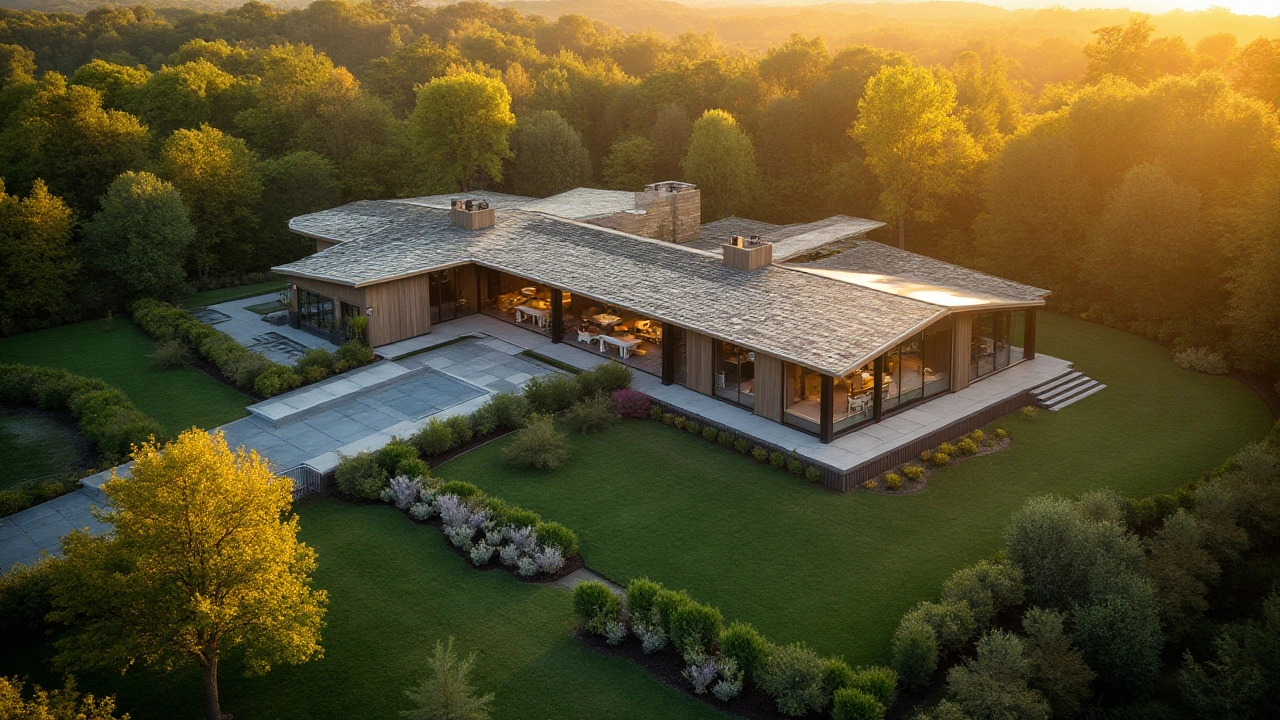
The Modern Transformation of Ranch-Style Homes
Ranch-style houses have undergone a fascinating transformation since their inception in the post-war era. Originally designed for simplicity and efficiency, these homes have morphed to accommodate contemporary living demands. With open floor plans and a strong connection to the outdoors, they embody the spirit of American lifestyles. The evolution of ranch homes reflects changing architectural trends while maintaining their core value of unpretentious functionality.
Read more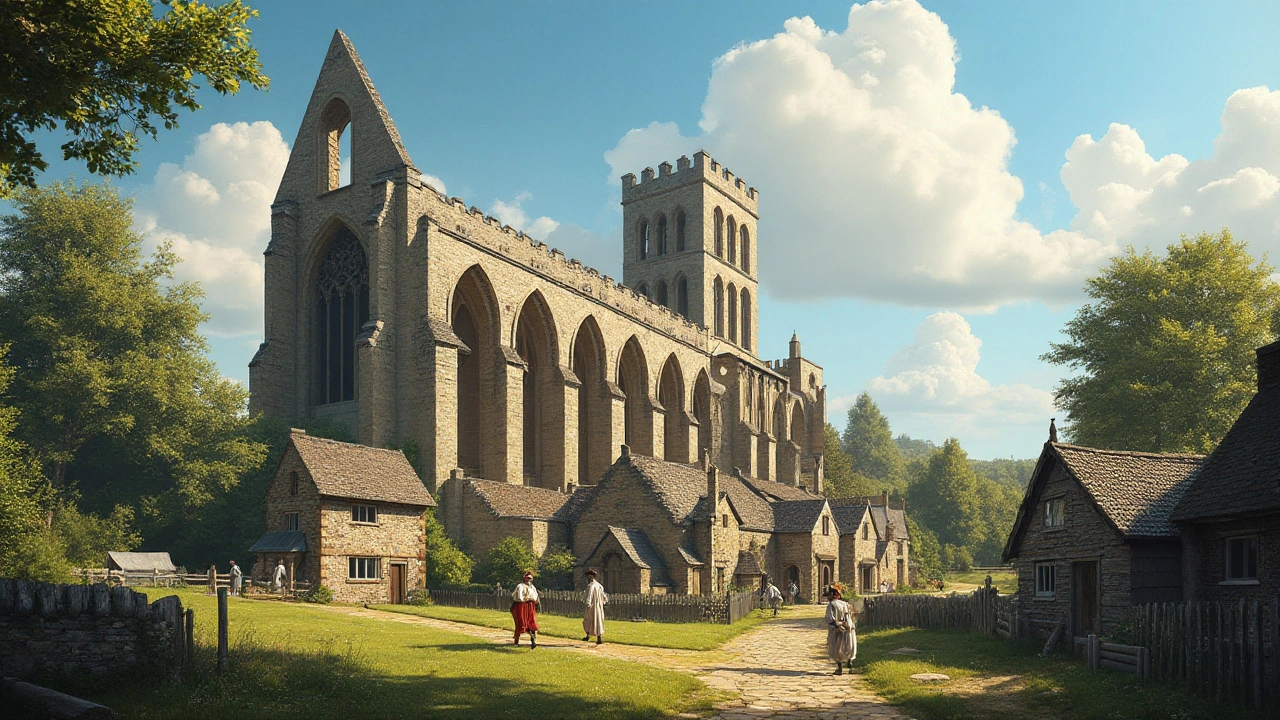
Exploring the Beauty of Romanesque Architecture: A Journey Through Time
Romanesque architecture emerged as a defining style in medieval Europe, characterized by its massive stone structures, rounded arches, and sturdy pillars. This architectural style, flourishing between the 9th and 12th centuries, set the foundation for the later Gothic architecture. By examining key features such as barrel vaults and decorative arcading, this article unravels the cultural and historical significance of Romanesque design. It also offers insights into exemplary structures that illustrate the architectural ingenuity of the era.
Read more
Renaissance Fashion Inspirations in Modern Style
The Renaissance, a period rich in creativity and innovation, continues to influence today’s fashion with its unique blend of opulent textures and structured designs. This article delves into how elements from this transformative era manifest in modern clothing, accessories, and fashion trends. Readers will discover the timeless appeal of Renaissance patterns and accessories while learning how to incorporate these influences into contemporary wardrobes with flair. The article provides insights into the periodic features that have resurfaced in recent collections on global runways.
Read more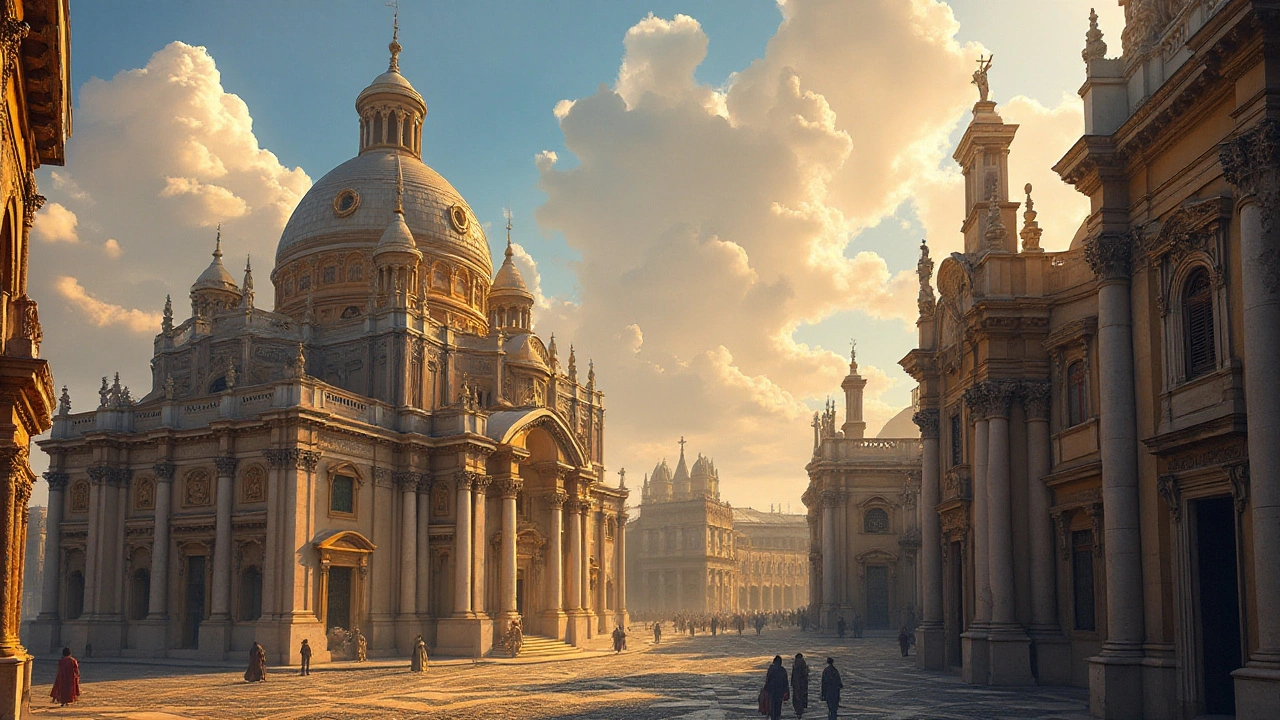
Exploring the Majestic Charm of Baroque Architecture
Baroque architecture, a hallmark of the 17th century, is characterized by its grandeur, drama, and intricate details. Known for its ornate facades and grandiose spaces, this style first flourished in Italy before spreading across Europe. With its emphasis on bold forms and lavish ornamentation, Baroque architecture reflects both religious fervor and the burgeoning artistic creativity of its time. This article delves into the defining features of Baroque architecture, its historical significance, and its lasting impact on design.
Read more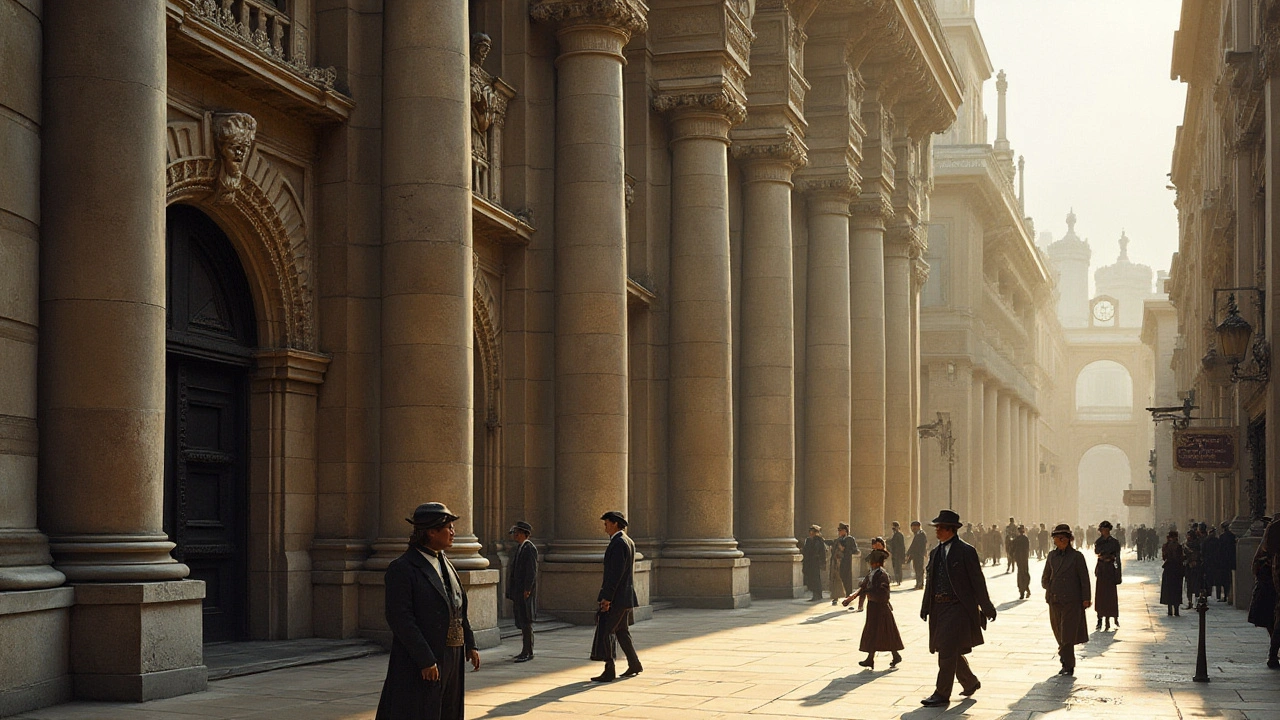
Exploring the Hidden Gems of Beaux-Arts Architecture
Beaux-Arts architecture, known for its grandeur and classical elegance, hides a world of artistic intricacies often overshadowed by its monumental scale. Originating in France, this architectural style marries historical references with technical precision, creating buildings that are both imposing and detailed. This article delves into the lesser-known aspects of Beaux-Arts, uncovering its cultural influences and the craftsmanship behind its iconic structures. Readers will gain an understanding of how these buildings reflect the societal values of their time, while appreciating the masterful skills that shaped them.
Read more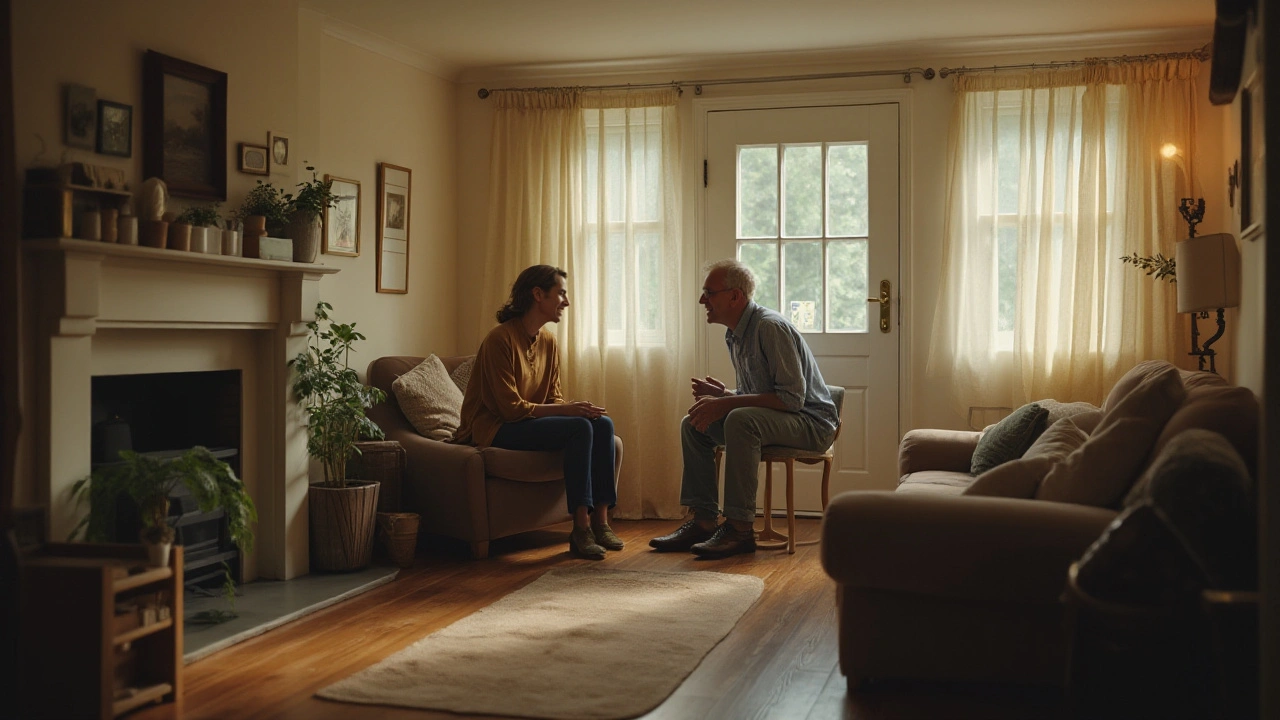
Enhance Your Relationships Through Minimalism
Minimalism isn't just for decluttering your home; it can profoundly impact the quality of your relationships. By focusing on meaningful connections and cutting out the noise, minimalism helps to build stronger, more supportive bonds. Learn how by simplifying your life, you can improve your interactions with loved ones, creating a shared journey of simplicity and growth.
Read more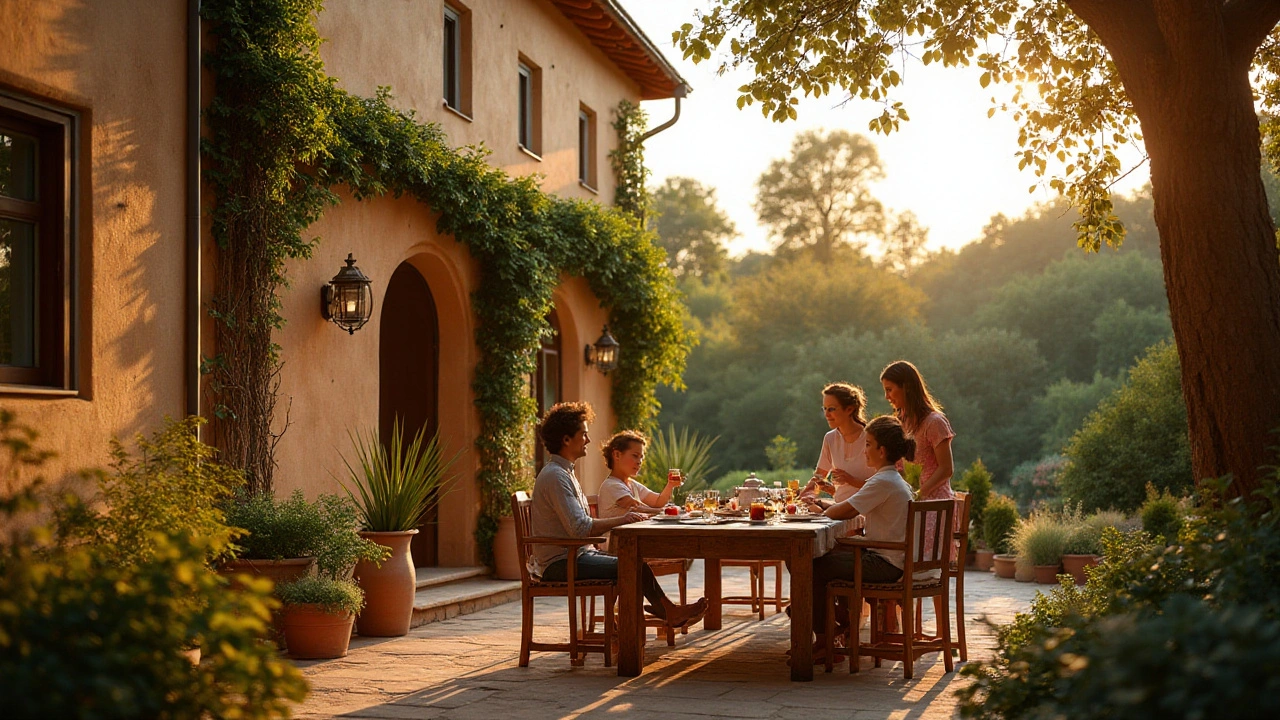
Mediterranean Revival Architecture: Unraveling Its Timeless Appeal
Mediterranean Revival Architecture is a style that draws inspiration from the charm and elegance of Mediterranean countries. This article explores its historical roots, key design elements, and practical tips for incorporating its timeless appeal into modern homes. Discover how the blend of stucco walls, red-tiled roofs, and arched windows create a cozy yet sophisticated ambiance. Learn about the cultural influences that shape this style and why it remains popular today.
Read more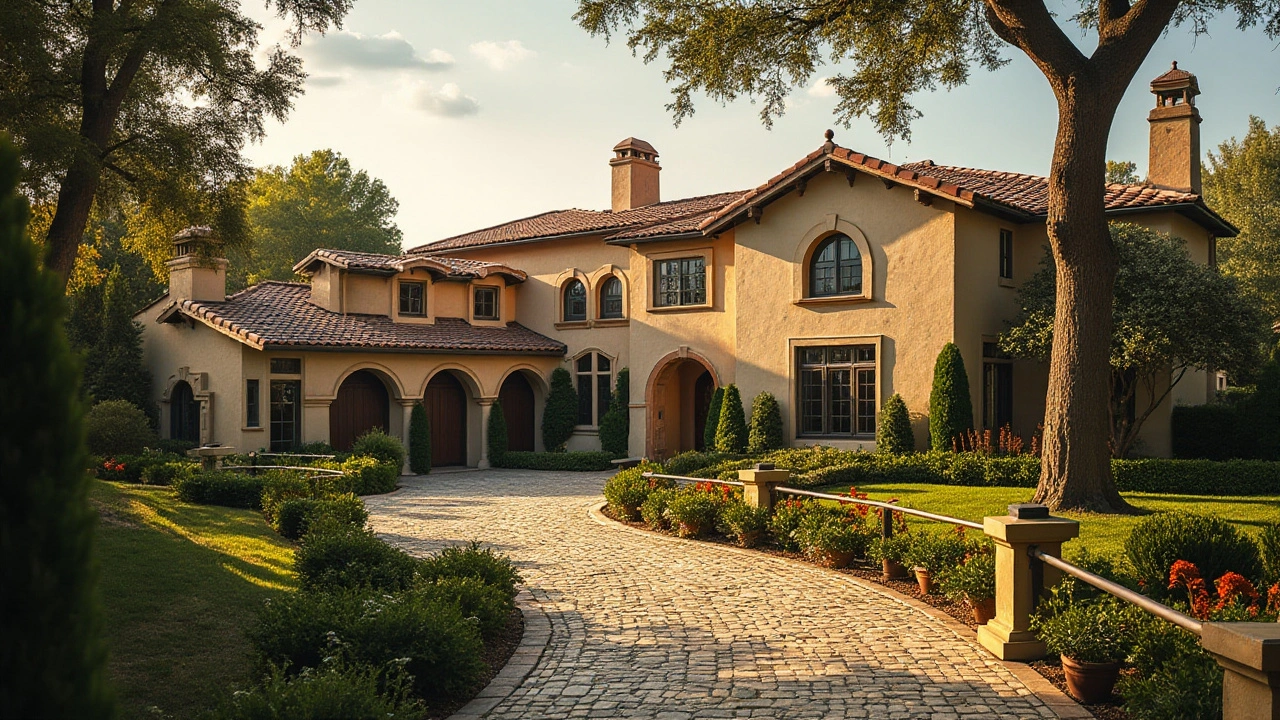
Mediterranean Revival Architecture: Impact on Contemporary Design Trends
Mediterranean Revival Architecture continues to be celebrated for its timeless elegance and charm, impacting the way modern structures are designed today. This style is characterized by its stucco walls, red-tiled roofs, and graceful arches, echoing the coastal homes of Spain, Italy, and Greece. It gracefully blends old-world charm with modern sensibilities, offering a warm, inviting, and stylish aesthetic in modern homes and buildings. Understanding its elements can inspire designers to incorporate Mediterranean elements into their projects creatively.
Read more